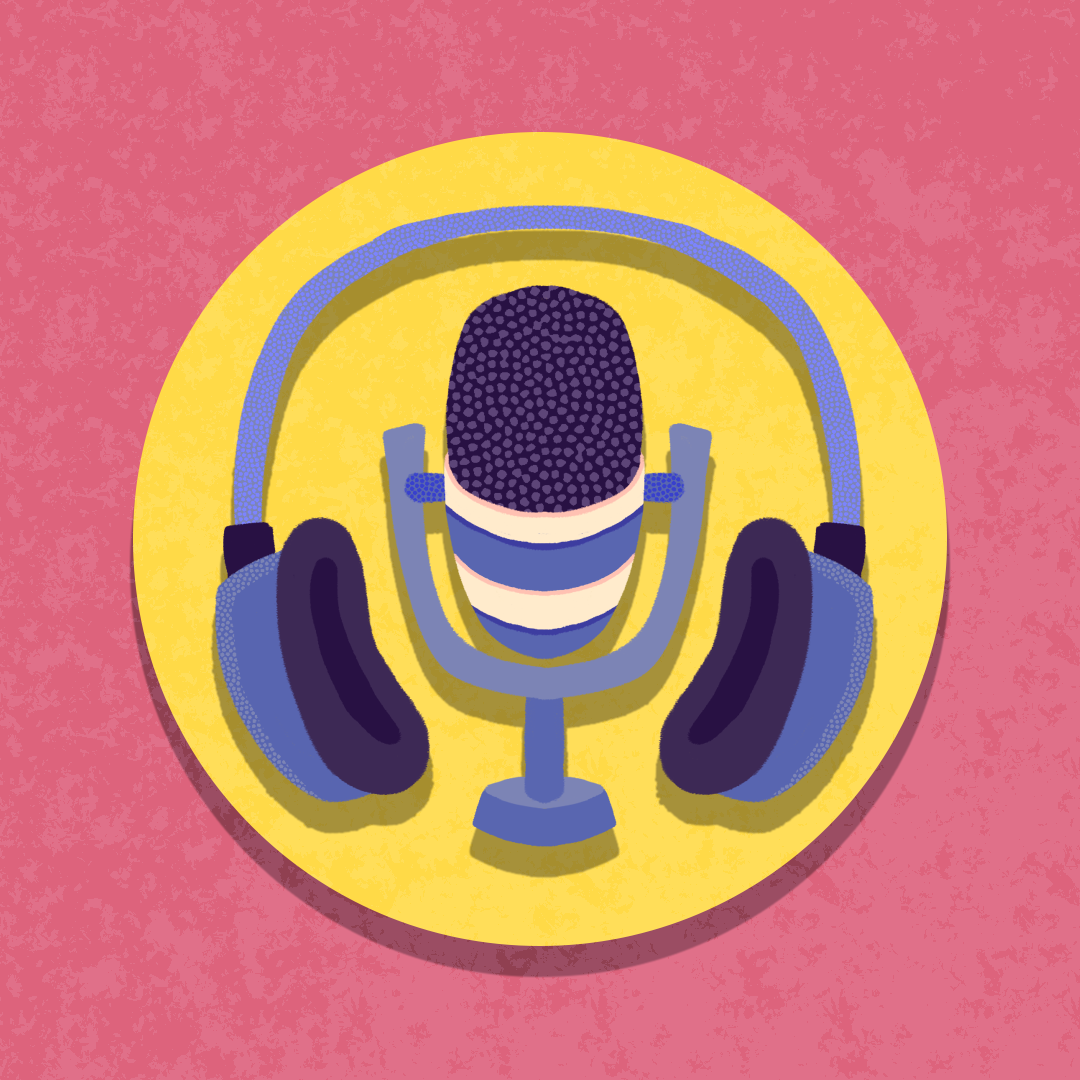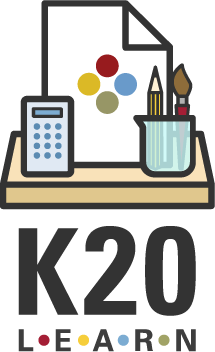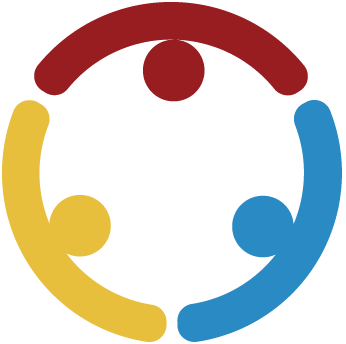Summary
This collection contains several lessons that can be used in a Journalism class or an after-school club. It is recommended that you start with Journalism Overview and organize the curriculum to best fit the needs of your students. This collection covers topics such as copyright, fair use, photojournalism, videography, broadcasting, podcasting, writing an article, conducting an interview, and analyzing how news is reported online.Resources
This resource is intended to help teachers and students understand the complicated legal concepts of fair use and copyright and how they apply to day-to-day club activities, especially in clubs related to writing, art, journalism, A/V, and other forms of media production. In this lesson, students learn... Read more »
- Students
- 1st Nine Weeks, Any time of year
- Whole Class
- Action Plans

Students are exposed to podcasting and develop their own podcast. Read more »
- Teachers
- Any time of year
- Action Plans
- Career Exploration

This educator resource introduces students to photojournalism, photography basics, and digital cameras. Students examine famous examples of photojournalism and discuss how photography can be used to tell stories. Students then learn about digital camera settings and practice taking photos with a camera... Read more »
- Teachers
- Any time of year
- Action Plans
- Career Exploration

In this introductory lesson, students will explore the different parts of a journalistic article to determine what makes a good newspaper or magazine story. Students will begin by brainstorming a list of elements that make an article visually, textually, and emotionally engaging. Students then will... Read more »
The K20 Chronicle, Lesson 1
What Makes a Good Article?
- 9th - 12th
- English/Language Arts
- Journalism
- 9.3.R.5, 9.3.R.6, 9.3.R.7, TST301

In this second lesson of "The K20 Chronicle" journalism unit, students will practice their active listening skills to determine what makes a good interview. After some collaboration time, students will apply what they have learned to conduct their own interviews of the school's seniors, which will be... Read more »
The K20 Chronicle, Lesson 2
How to Conduct an Interview
- 9th - 12th
- English/Language Arts
- Composition, Creative Writing, Journalism
- 9.1.L.1, 9.1.L.2

In this third lesson of "The K20 Chronicle" journalism unit, students will explore what it is like to be a photojournalist. First, students will view an ICAP video interview with Jordan Miller, a news reporter at the Salt Lake Tribune. She shares insights about being a photojournalist and reporter,... Read more »
The K20 Chronicle, Lesson 3
Crafting the Article
- Individual Career Academic Plan (ICAP)
- 9th - 12th
- English/Language Arts
- Composition, Creative Writing, Journalism
- 9.3.W.2, PPV301

In this fourth and final lesson of "The K20 Chronicle" journalism unit, students will have an opportunity to peer review/edit a classmate's article, learn about magazine/newspaper layouts, preview examples and non-examples of proper layouts, hear from two graphic artists on how they came to be in the... Read more »
The K20 Chronicle, Lesson 4
Putting It All Together: Layout and Final Product
- Individual Career Academic Plan (ICAP)
- 9th - 12th
- English/Language Arts
- Composition, Creative Writing, Journalism
- ISTE3c, 9.3.R.5, 9.4.W.2, KLA 501, SST 301

Club Curriculum
- 9th - Secondary
This collection of club activities provides teachers and facilitators of school clubs with resources for helping students to practice academic skills within the club context. These activities will enhance students' skills in areas such as self-regulation, collaboration, problem-solving, and critical... Read more »

In this educator resource, students learn how to tell visual stories through camera work and video editing. Students plan, film, and produce a short video using a variety of shot types and composition techniques. Students then share their edited videos with their peers, provide feedback to each other,... Read more »
- All Staff or Teachers
- Any time of year
- Large Group (at least 30), Medium Group (at least 10), Small Group (at least 4), Whole Class
- Action Plans
- College & Career Interest
- Communication

In this resource, students explore the elements of a quality news broadcast and work in teams to create and film their own school news segments. They learn about production roles, plan their stories, and choose editing software to produce their final newscasts. Finally, students evaluate their own and... Read more »
- All Staff or Teachers, Mentor Teacher/Instructional Coaches, New Teachers, Teachers
- Any time of year
- Whole Class
- Action Plans
- College & Career Interest, Rigorous Curriculum
- Career Exploration, Communication, Informative Writing

In this activity, students will increase their media literacy skills through exploring student-created news websites and analyzing the differences between hard and soft news reporting. Additionally, students will learn how to identify clickbait-style headlines and demonstrate their understanding by... Read more »
- Students
- 1st Nine Weeks, 2nd Nine Weeks, 3rd Nine Weeks, 4th Nine-Weeks, Any time of year
- Whole Class
- Action Plans, Collaborate, Compare & Contrast, Critical Thinking, Identify, Recognize, Requires Multiple Meetings to Complete

In this interactive lesson, students will review what makes content journalistic, an overview of media literacy, and journalistic writing. Students will extend their learning by reviewing and creating an original news brief. Read more »
- All Staff or Teachers, Mentor Teacher/Instructional Coaches, New Teachers, Teachers
- Any time of year
- Large Group (at least 30), Medium Group (at least 10), Small Group (at least 4), Whole Class
- Action Plans
- College & Career Interest, Rigorous Curriculum
- Career Exploration, Communication, Informative Writing
Standards
- distinguish the kinds of evidence (e.g., logical, empirical, anecdotal)
- distinguish substantiated from unsubstantiated claims
- analyze rhetorical appeals (i.e., ethos, logos, pathos)
- identify bias
- identify logical fallacies
- objectively introduce and develop topics
- include a defensible thesis
- incorporate evidence (e.g., specific facts, details, charts and graphs, data)
- maintain an organized structure
- use sentence variety and word choice to create clarity and concision
- establish and maintain a formal style
- emulate literary devices from mentor texts
This work is licensed under a Creative Commons CC BY-SA 4.0 License.
Report copyright infringement »


